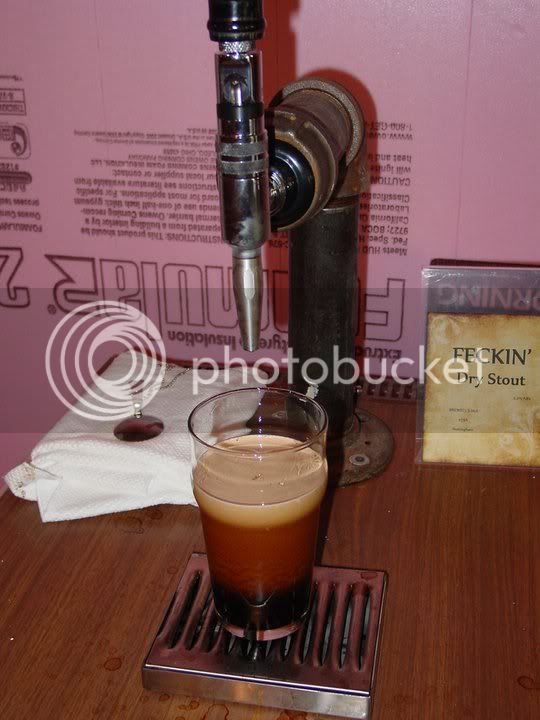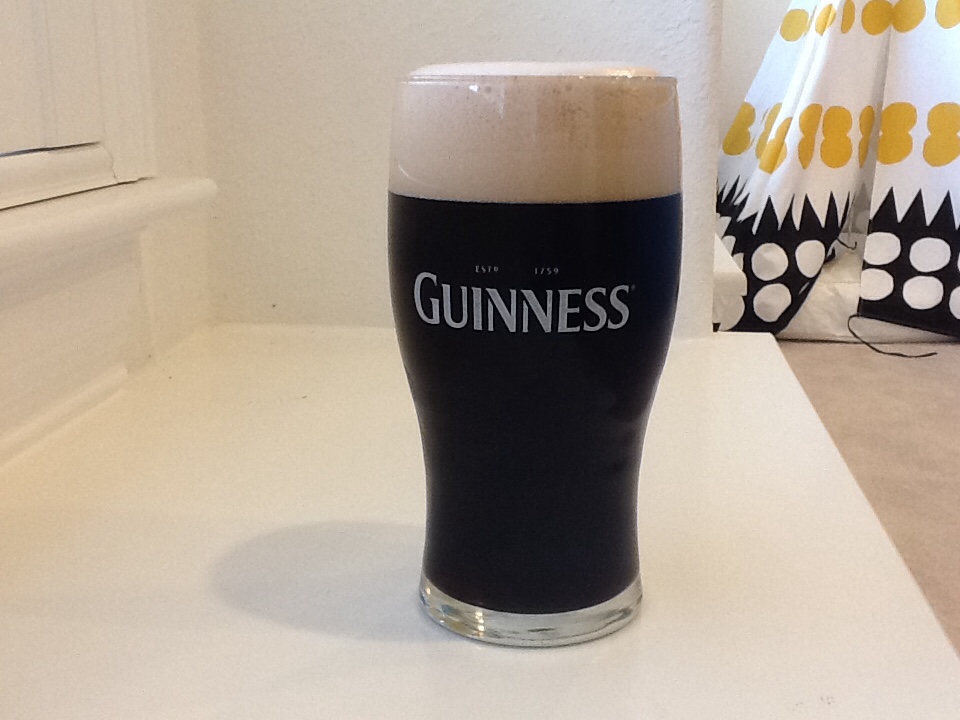I realize that you're not expecting a reply and one at this late date past your posting may very well cause you to blow out a well-earned swig of home brew but damn the torpedoes and full steam ahead! I, too, use a BIAB method although decidedly less scientifically driven that your set up. Plus, I have an electric range and can't bring anything more than about four gallons to a boil so I do 2.5 gal batches. I live in a small house so this works out well for me (I use, no laughing, several Mr. Beer fermentors - love'em; just the right size and easy to store). I would love to get your specs on the Hopperator 1000 you've got a pic of. the three bolt plastic jobber. I don't have the head or patience for iodine, ph yada, yada, yada (I just use bottled spring water and hope for the best) but that is freakin' genius. I reckon I could figure it out but I'm also lazy and don't believe in reinventing the wheel if I don't have to. Any advice on that little gizmo would be much appreciated!! Thanks much,
Mark
Ooops - I see lots of responses - I'll go back and see if there's any details on that little Hopperator 1000 (you can use the name if you want; no charge)
Hey Tobinn
No worries at all. Welcome to HBT by the way.
That is a hop-spider and here is how I made it. A tried and tested idea by many before. Nothing I can claim for my own but thanks all the same. Best of luck with your brewing and thanks for your feedback on the thread. Let me know if there are any other bits and bobs you would like clarification on.
Parts
- A PVC adapter. Can't remember the exact dimensions 5 to 4" would be a guess.
- Three Stainless steel carriage bolts, nuts and washers selected to ensure it sits over the lip of the kettle. (14" diameter in my case)
- A stainless steel hose clamp that fits over the narrower part of the PVC adapter.
- The bag; I now use a great hop bag from @wilserbrewer . Highly recommend his gear. Prior to this I used a $2 paint strainer bag from Home Depot/Lowes.
After use, take the bag off, dump hops and pop it in the laundry hamper. Ready to go for next time. Hope that helps some.
































![Craft A Brew - Safale S-04 Dry Yeast - Fermentis - English Ale Dry Yeast - For English and American Ales and Hard Apple Ciders - Ingredients for Home Brewing - Beer Making Supplies - [1 Pack]](https://m.media-amazon.com/images/I/41fVGNh6JfL._SL500_.jpg)


























